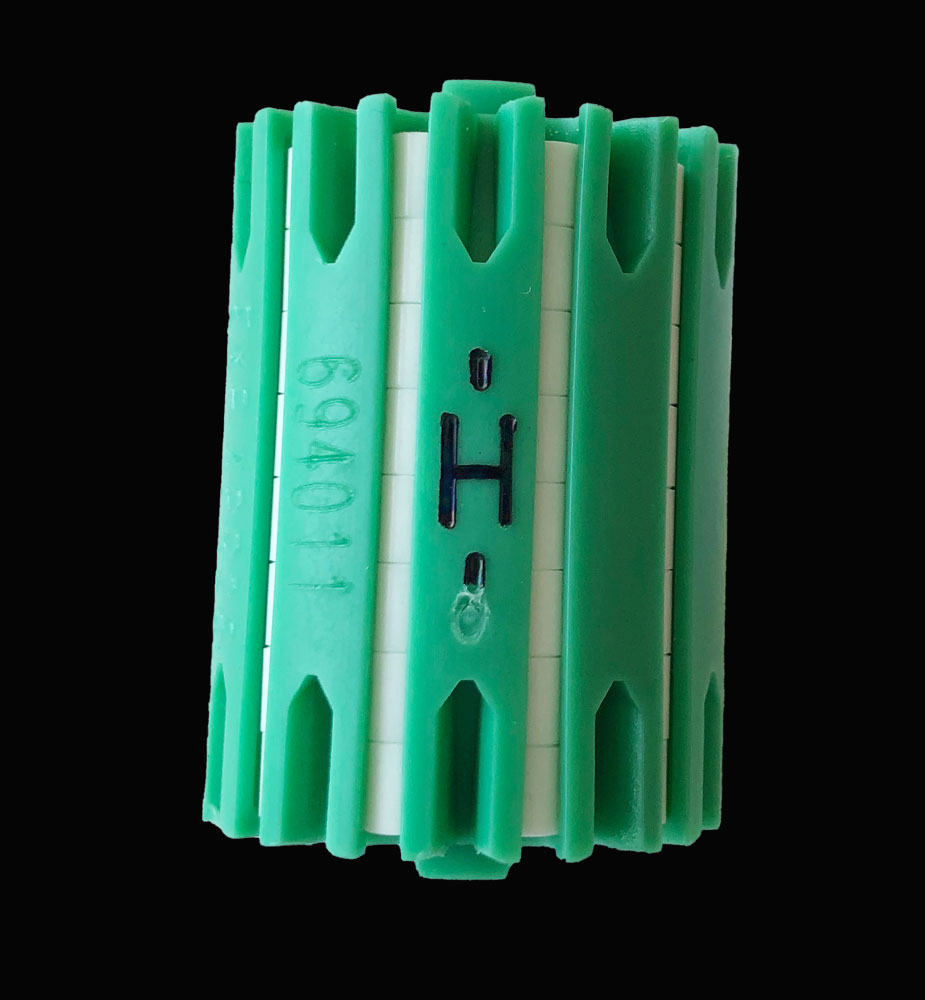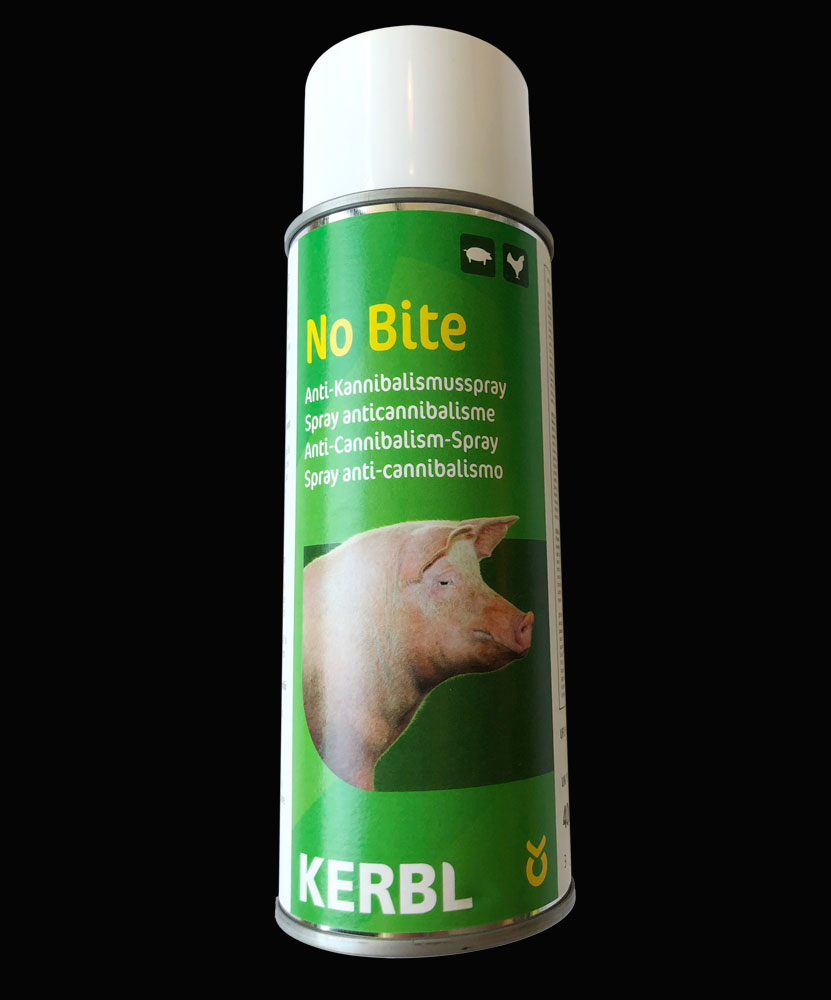
The ability to delay the act of killing or, synonymously, to actively prolong the life of animals who have been brought under human occupation and control, is the key innovation of domestic predation and the main feature that distinguishes it from prototypal forms of predation such as hunting and trapping. It marks what the zooarchaeologist, Richard H. Meadow, notes as the "change in focus on the part of humans from the dead to the living animal."[1]
Life is the Promethean fire that the domestic predator takes hold of and uses as an instrument for producing, reproducing, and preserving the biological materials of other animals. Their focus, however, is not on life as an ultimate end, but on the use of life in the production of death. In contrast to the modern Prometheus, Dr. Frankenstein, who sought to use dead body parts to create life, the domestic predator uses life to create dead body parts.
To the domestic predator, life is first of all a preserving agent of bodies that serve as "meat on the hoof" and "walking larders."[2] Life is also a form of biological capital for generating additional bodily material and for reproducing itself in the form of offspring. Life is the golden thread that extends the act of predation over and beyond the life of an individual, transforming present flesh into a future stream of animal material.
Every animal who relies on killing other animals as part of their subsistence strategy is invested in the continued life of the animal populations they prey upon. While the prototypal human predator relies on the complex algorithms of "nature" to sustain the life of their prey populations, the domestic predator removes select groups of animals from their sustaining ecosystems and brings the business of their survival and reproduction under human control and management. The process of assuming the subsistence functions, or "way of life," of a select group of animals for extraction is called domestication.[3] And the art and knowledge developed by human domestic predators to sustain the productive and reproductive life of animals under domestication is called animal husbandry or animal science. These interventions form the foundations for the evolving practice humans refer to as farming animals, animal agriculture, or animal production.
The primary task of the domestic predator is to ensure the survival of their domestic prey for as long as a net benefit can be returned for keeping them alive. This includes assuming responsibility for a prey population’s food supply, shelter/territory, breeding, and for maximizing their capacity for generating bodily materials. Yet if life is the greatest prize of the domestic predator, it is also the source of their greatest challenge. The liveliness of animals is the wellspring of our shared resistance and vulnerability. We fight. We struggle. We succumb. We break. We die. The task of consuming and preserving animals at the same time is a delicate balancing act. The domestic predator must maintain an animal’s attachment to life while draining their metabolic and reproductive capacities to the terminal point of exhaustion. The balance between these opposing aims cannot be maintained indefinitely and will, in every case, ultimately cancel each other out. The domestic predator must also reduce an animal to total submission without killing her or impairing her so completely that it ruins her productive potential. All of these delicate procedures demanded by domestic predation — whether they are meant to destroy us or preserve us, or to press our bodies to grow, to multiply, to relinquish, and to surrender — requires the application of force.
Part and parcel of the choice to preserve certain animals who meet the demands of domestic predation is the choice to withdraw acts of preservation from those who for whatever reason fail to "earn" their keep, whether because their productive and reproductive capacities have fallen behind or have been fully depleted through extraction, or they have been deemed uncooperative, "fractious," or "outlaws," or because the market cannot return a net benefit for their materials or carcasses. When the preservation of such animals falls outside the imperatives of domestication they are liquidated, either passively through the withholding of care and treatment or through the act of killing.
The objects presented in the category of Preservation/Liquidation are the tools and techniques that humans have developed to preserve the life of animals under extraction, to intensify the production and reproduction of bodily materials, and to liquidate those whose capacity for production have been spent.
[1] Richard H. Meadow, "Osteological Evidence for the Process of Animal Domestication," in The Walking Larder: Patterns of Domestication, Pastoralism, and Predation, ed. Juliet Clutton-Brock (London: Unwin Hyman, 1989), 80, 81.
[2] Clutton-Brock, Walking Larder, 26-7 (referring to animals under human domestication as a "store of meat on the hoof"); Tim Ingold, Hunters, Pastoralists, and Ranchers: Reindeer Economies and Their Transformations (Cambridge, UK: Cambridge Univ. Press, 1980), 76 (referring to such animals as "meat ‘on the hoof’"); Colin Whittemore, Animal Farming: The Story Behind the Livestock Industry (Netherlands: Wageningen Academic Publishers, 2018), 14 (explaining that "four legs and a beating heart [is] the best preservative of all."). See also, Juliet Clutton-Brock, A Natural History of Domesticated Mammals, 2d ed. (Cambridge, UK: Cambridge Univ. Press, 1999), 19, 213, 62-3, 74.
[3] Barbara Noske, Beyond Boundaries: Humans and Animals (Montreal, Quebec: Black Rose Books, 1997), 2-3, 6-7, 11; Clutton-Brock, Natural History, 32; Clutton-Brock, Walking Larder, 7; Bökönyi, "Definitions of Domestication," in Clutton-Brock, Walking Larder, 22; M.R. Jarman and P.F. Wilkinson, "Criteria of Animal Domestication," in Papers in Economic Prehistory, ed. E.S. Higgs (Cambridge, UK: Cambridge Univ. Press, 1972), 83-96.
